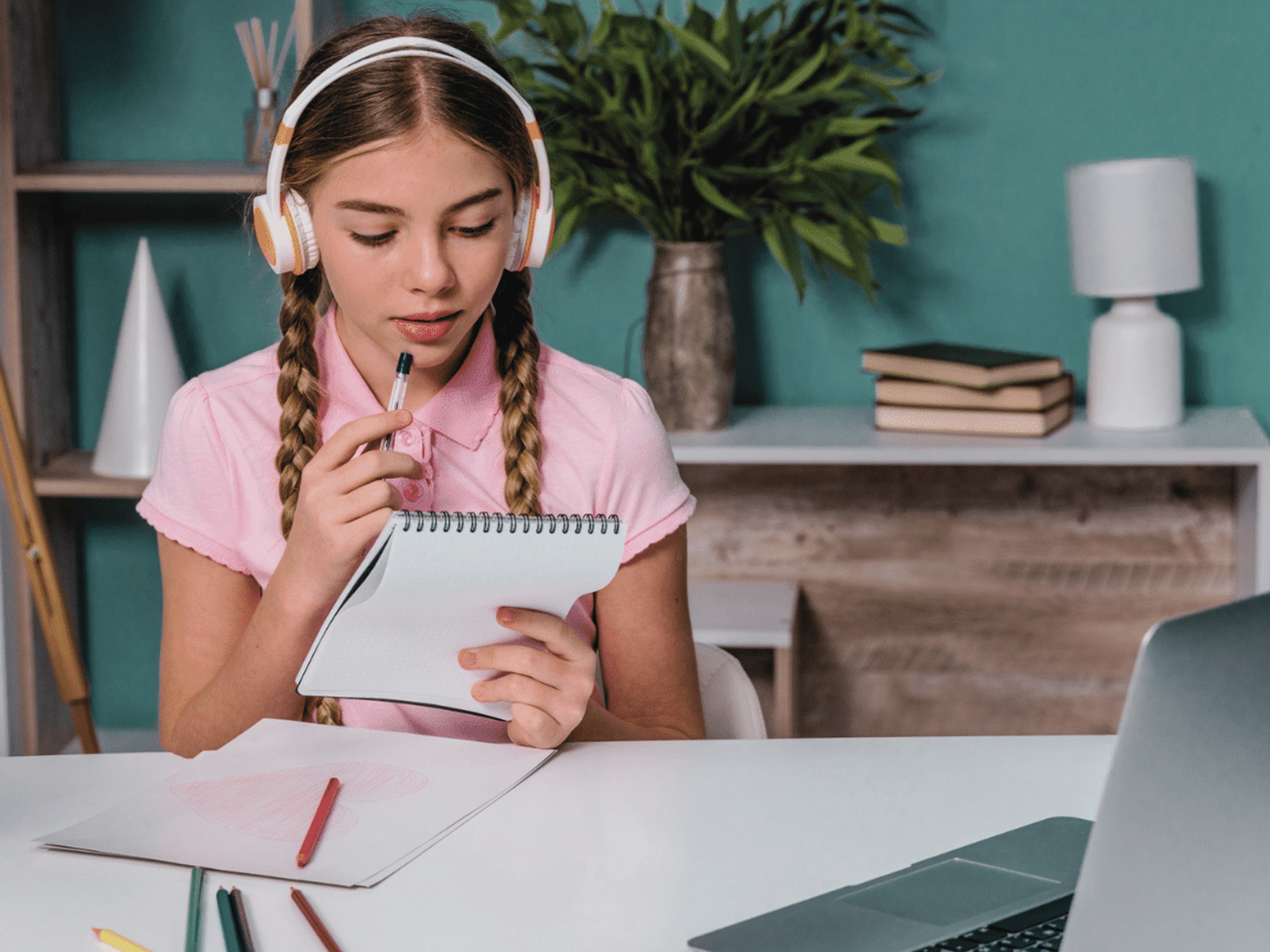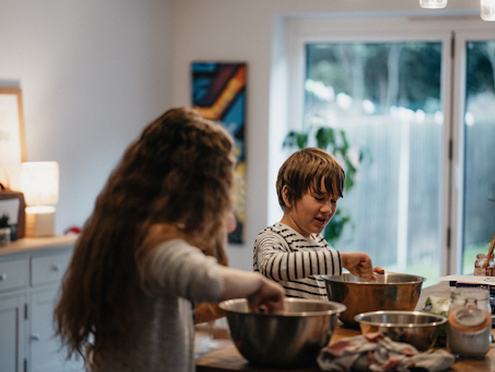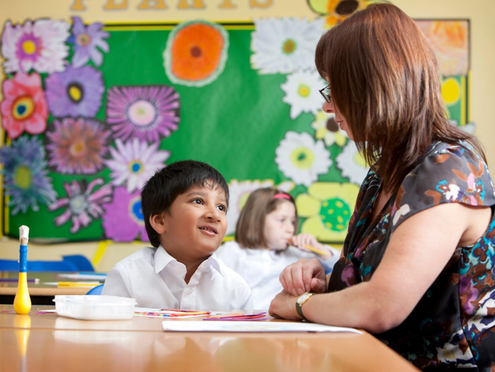Used independently of teachers or parents, it develops their skills in independent learning, time management, self discipline and responsibility – all crucial as children progress through school and into adult life.
Here, we share our tips for ensuring your child learns effectively with Bedrock.
We measure effective learning on Bedrock in two ways: usage and progress. Here are our top six suggestions for encouraging your child to regularly use Bedrock, and five further ideas for ensuring they make maximum progress.
Boosting your child's Bedrock usage
1. Understand how Bedrock supports learning
Our tech uses a variety of proven teaching and learning strategies to ensure lessons are at the right level for your child and new knowledge is gained quickly, retained and applied.
2. Check out our videos and guides
For insight into Bedrock and its features, check out our YouTube channel. It includes videos aimed at both parents/guardians and learners, including:
- Bedrock guidance for parents and guardians
- Dashboard overview for parents and guardians
- Guidance for learners
3. Complete 2 lessons a week
Our research shows that optimal progress is made with just two 15-20 minute lessons each week. This ensures new vocabulary enters learners’ long-term memory before they continue their learning.
4. Help your child develop a routine
If your child uses Bedrock with their school, they may use it in lessons, have it set as homework, or a blend of both. At home, each set-up is unique so there’s no set rule about when Bedrock should be done at home. Let your child exercise their independence and ownership by letting them input on when, where and how they want to do their Bedrock.
5. Encourage them to stick to a regular time
Once you find a routine that works for you, stick to it. Your child might be most receptive to learning straight after school, or after they have had a rest/meal/play and are refreshed. Whichever works best, aim to stick to it so your child is mentally prepared.
Our research among Bedrock families showed that those with a routine were 22% more likely to regularly complete their Bedrock.
6. Designate a place for them to do their Bedrock
An ideal place for your child to do their Bedrock is somewhere quiet and well-lit where they can focus with minimal distractions. Our survey of Bedrock families found the kitchen table is the most popular place for younger children to do their Bedrock, while older children most often use their bedroom. If you have a busy household, designating a particular time and place for each child to study independently may help.
Boosting your child's Bedrock progress
1. Let your child steer their own learning
One of Bedrock’s key benefits is that it allows children to learn independently of adults, so resist the temptation to hover nearby and prompt them! It’s best in the long run if they complete it themselves and have control over their own learning.
2. Encourage your child to monitor their own progress
Bedrock Learning gives learners access to their own knowledge organiser, a part of the app that lets learners see literacy skills they are learning, those they have learned on Bedrock, and ones they already knew from incidental learning.
By keeping tabs on what they’ve learned and are currently learning, they can take ownership of it and get confidence from seeing their progress.
3. Check their usage on your parent dashboard
You can access the above information yourself at any time via your parent account. Alternatively, once you have an account set up you’ll receive updates on your child’s progress in emails sent every Saturday. You could use this information to start conversations about the topic your child is studying, or the specific words they’re learning.
4. Celebrate milestones with badges and certificates
Praise and encouragement motivate children, so when learners complete a six-lesson topic they can download an electronic badge. And after they complete a Bedrock block (10-14 topics), they get a certificate.
If your child uses Bedrock at school, they may be presented with these in class or assembly, but you can still access them at home via the top tab in the app to recognise their efforts and achievements.
5. Share insights with teachers
Whether or not your child uses Bedrock at school, make sure they know about your child’s successes, or any concerns, by sharing relevant news. If they are up to speed with their learners’ progress, they will be better able to support them in class.
Now you’re armed with these tips on ensuring your child learns effectively on Bedrock, keep the learning going at home with our grammar guides and glossaries for parents.





